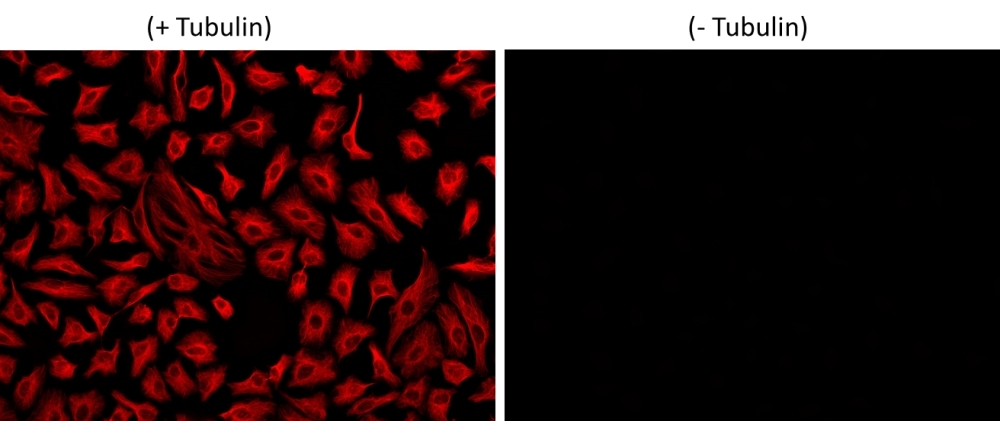iFluor® 560 succinimidyl ester
iFluor® 560 succinimidyl ester is an amine-reactive dye with enhanced fluorescence quantum yield over Cy3 that provides bright orange labeling of proteins and antibodies for multicolor imaging experiments.
- Superior Solubility: Enhanced aqueous solubility for efficient biomolecule conjugation
- High Photostability: High quantum yield and stability facilitate the detection of low-abundance targets with greater sensitivity
- Versatile Conjugation: Succinimidyl ester chemistry enables efficient and stable labeling of proteins, antibodies, and other amine-containing molecules
- Spectrally Similar Dyes: Cy3, Cy3B


| Catalog | Size | Price | Quantity |
|---|---|---|---|
| 1040 | 1 mg | Price | |
| 71040 | 100 ug | Price | |
| 71518 | 5 mg | Price | |
| 71568 | 10 mg | Price |
Physical properties
| Molecular weight | 1257.45 |
| Solvent | DMSO |
Spectral properties
| Correction factor (260 nm) | 0.0482 |
| Correction factor (280 nm) | 0.069 |
| Extinction coefficient (cm -1 M -1) | 120000 1 |
| Excitation (nm) | 560 |
| Emission (nm) | 571 |
| Quantum yield | 0.57 1 |
Storage, safety and handling
| Intended use | Research Use Only (RUO) |
| Storage | Freeze (< -15 °C); Minimize light exposure |
| UNSPSC | 12171501 |
Documents
Contact us
| Telephone | |
| Fax | |
| sales@aatbio.com | |
| International | See distributors |
| Bulk request | Inquire |
| Custom size | Inquire |
| Technical Support | Contact us |
| Request quotation | Request |
| Purchase order | Send to sales@aatbio.com |
| Shipping | Standard overnight for United States, inquire for international |
Page updated on December 21, 2025

